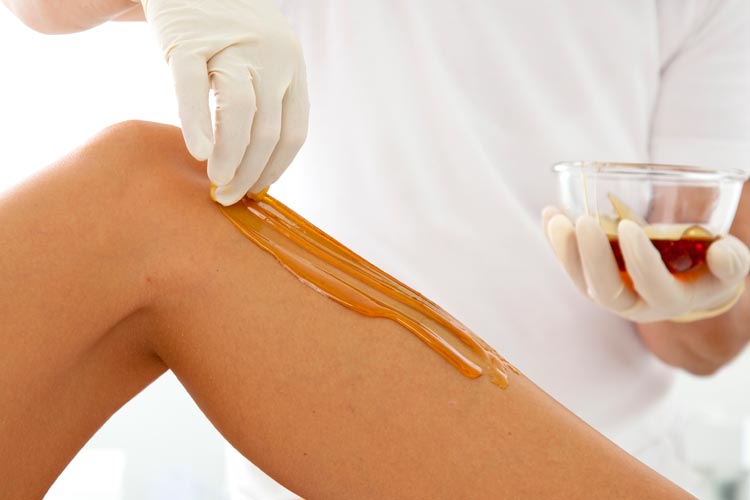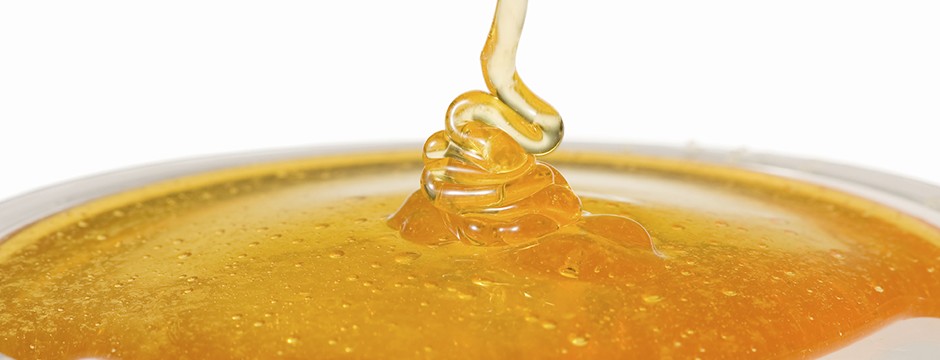Everything You Need to Know About Sugaring

- March 16, 2019
- Comments: 0
- Posted by: intermezzosalon@gmail.com
Bathing suits, shorts, dresses…skin-baring season is right around the corner. And, for many women (and men too), it’s also hair-removal season.
Hair removal doesn’t have to be stressful, expensive, time consuming, or painful. There’s a new, natural, less painful alternative to traditional waxing that delivers just as good, if not better, results than both waxing and shaving.
This seemingly too-good-to-be-true technique is called sugaring, and it’s become the No. 1 choice for hair removal. While waxing is still popular, and easily accessible, we promise…once you try sugaring, you’ll never go back!
Curious? Keep reading, and we’ll explain what it is, how it works, and other need-to-know facts.
What is sugaring?
Sugaring is a natural hair-removal technique. Unlike traditional waxing, sugaring does not require paper strips. Instead, our technicians use a special paste made out sugar, lemon juice, and water.
Using their hands, the esthetician smoothes the paste onto the skin in the opposite direction of the hair growth and lets it sit for a few seconds. The paste cools a bit and gets slightly harder. Then it’s flicked off in the direction of hair growth to keep the hair intact and prevent breakage, Since wax hardens on the hair, it has the tendency to break it off at the surface, rather than pull it out leaving 15 to 30 percent of breakage behind. With sugaring’s more gentle process, hair grows back slower and softer.
What is in the sugaring paste?

As mentioned above, the sugaring paste is made out of sugar, lemon juice, and water—and nothing else. There are no chemicals, fragrance, or coloring added. It’s also hypoallergenic, making it a viable option for ultra-sensitive skin. In fact, it’s so natural, we’ve even tasted it. Don’t judge.
Traditional wax is heated to make it into a liquid and is applied hot sometimes causing discomfort. However, sugaring paste is applied at body temperature. It’s also easily removed with water. You will never leave a sugaring treatment feeling sticky. Since wax contains resins, chemical solvents are required to remove its residues.
Where on your body can you get sugared?
Anywhere, really! Legs, arms, bikini area, lips, even underarms—anywhere you’d like to remove hair as long as the hair is long enough to pull out. So what is the appropriate length? Our estheticians require one-eighth inch of hair, about the length of a grain of rice. This is the length it typically grows just five to seven days after shaving.
There’s only one type of hair we don’t recommend getting sugared —men’s facial hair. It is too coarse and thick.
What’s the payoff?
Sugaring results in fewer bumps and less redness post-appointment
Like we mentioned, sugaring allows hair to grow in slower and softer. The more you keep it up, the less you’ll be pestered by unwanted hair. That’s because hair grows in cycles, and the more frequently you remove it in the middle of a growth cycle, the longer it takes to regrow. If you start doing sugaring regularly, your hair will become finer and thinner, and, eventually, will be almost not visible, much like a baby’s hair. Plus, compared to waxing and shaving, sugaring results in fewer bumps and less redness post-appointment.
What’s the pain like compared to waxing?
Although pain tolerance differs for everyone, most clients report their sugaring experiences to be less painful than waxing.
How often can you get sugared?
We recommend people come in every 25 days to get sugared. However, that depend on your hair type. For women with thick and dark hair, it may be more often compared to those who have fine, light hair. If you’re unsure, just talk to your aesthetician. The best part is, the more you do it, the less you’ll have to!
